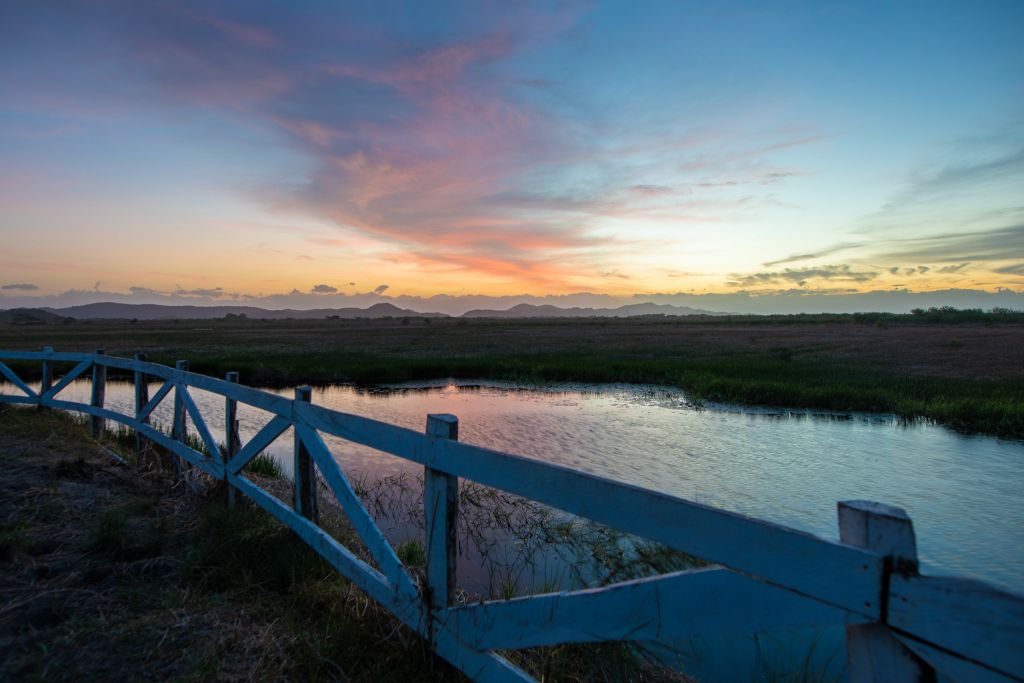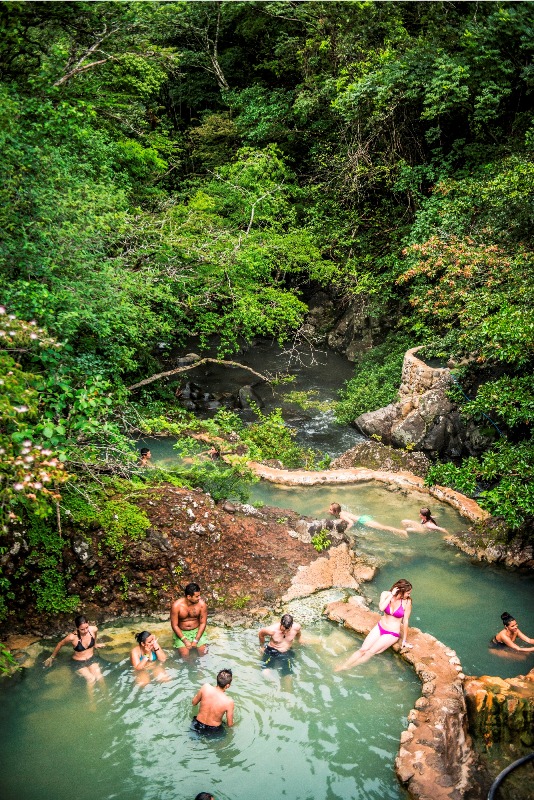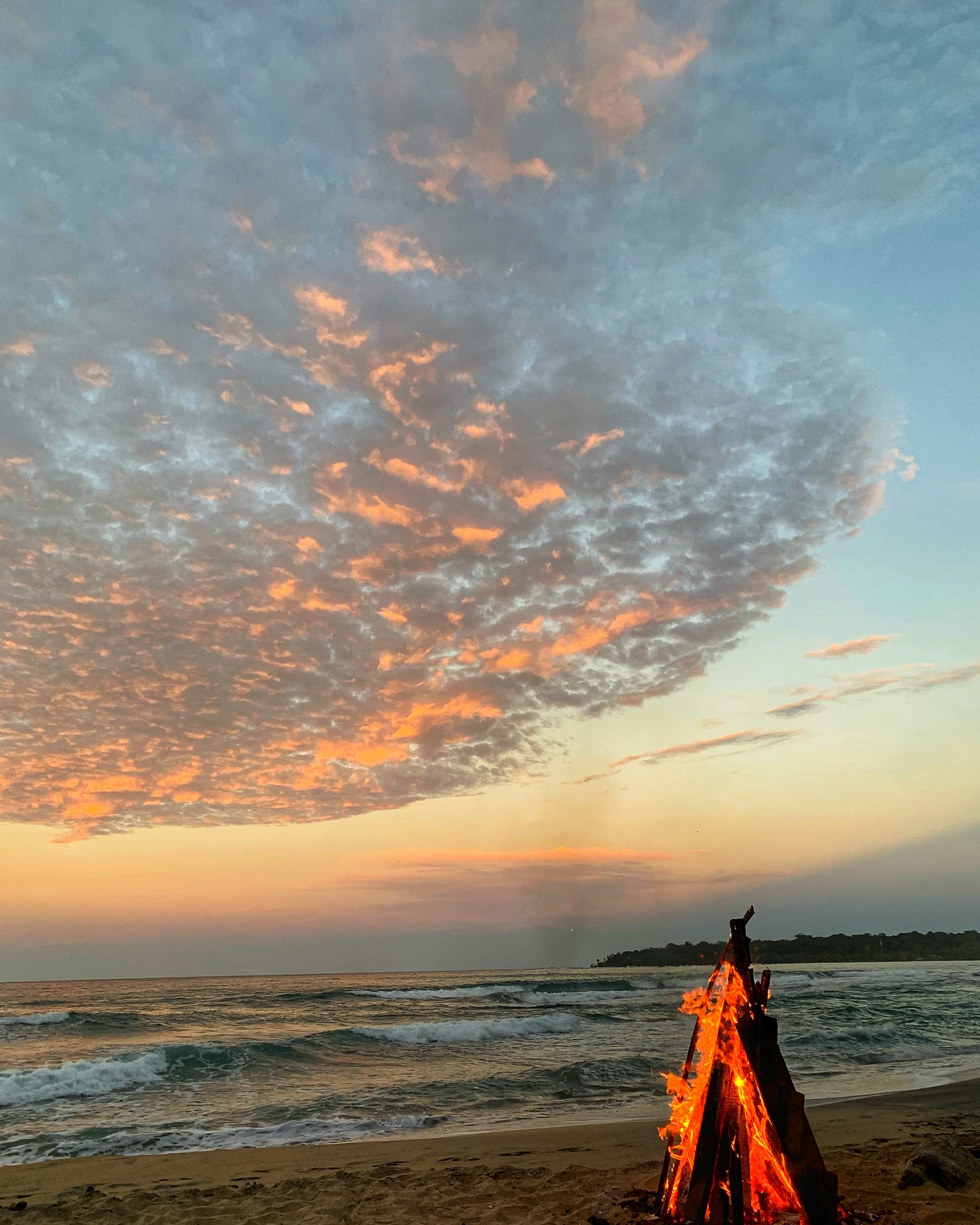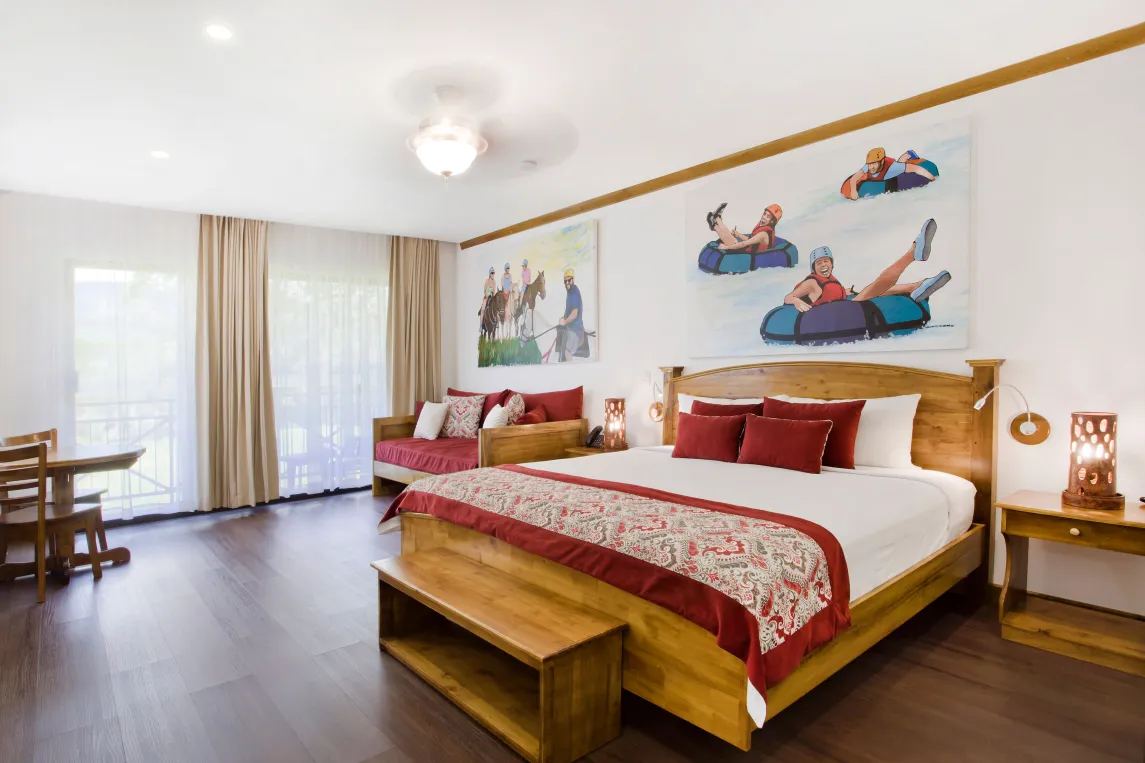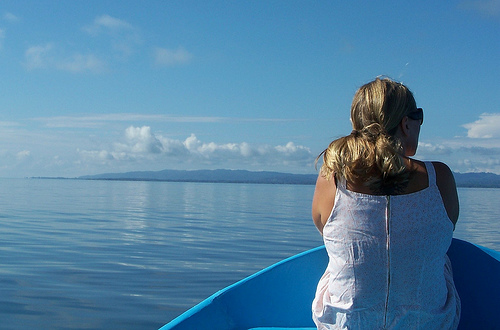Blue is definitely a favorite color in Costa Rica. The big blue skies, the wide, blue ocean, and the fact that is one of the world´s Blue Zones. Dan Buettner from National Geographic traveled the world and discovered 5 places where people live longer, happier, and healthier lives than elsewhere on Earth. And guess what? Costa Rica´s Nicoya Peninsula is home to one of these regions. Enchanting Hotel´s Rancho Humo Estancia sits right in the middle of this Blue Zone, so, let´s learn about the secrets to a better life in a Blue Zone.
are regions of the world where people tend to live longer and healthier lives than anywhere else on Earth. These regions were first identified by National Geographic Fellow and explorer, Dan Buettner, who identified five areas with the highest concentration of centenarians: Okinawa (Japan), Sardinia (Italy), Nicoya (Costa Rica), Ikaria (Greece), and Loma Linda (California). Rancho Humo Estancia invites you to the Nicoya Blue Zone and discover its secrets to living a healthy, happy life!
These Blue Zones have become the subject of significant research and study over the past 20 years, as researchers try to understand why people in these regions live such long and healthy lives. Several commonalities have been identified across all of the Blue Zones, which are believed to be the ingredients to this recipe of longevity.
Rancho Humo Estancia sits right in the middle of the municipality of Nicoya on Costa Rica´s Nicoya Peninsula. While best known for its white-sand beaches and large seaside resorts, Nicoya also has other treasures in the form of Rancho Humo Estancia. This once-working cattle farm is now a private reserve that protects a number of ever-endangered ecosystems including wetlands, tropical dry forests, mangroves, and pastures. This diversity of landscapes is home to an equally diverse range of flora and fauna that become part of the daily enjoyment during a stay on the Ranch.

BLUE ZONE LIFE
So, when you stay at Rancho Humo Estancia, you are inevitably experiencing a Blue Zone life where many of the locals are centenarians. Let´s learn some of their secrets according to Blue Zones
- Have a life plan: Successful centenarians have a strong sense of purpose. They feel needed and want to contribute to the greater good.
- Drink Hard Water: Nicoyan water has the country’s highest calcium content, perhaps explaining the lower rates of heart disease, as well as stronger bones and fewer hip fractures.
- Keep a focus on family: Nicoyan centenarians tend to live with their families, and children or grandchildren provide support and a sense of purpose and belonging.
- Eat a light dinner. Eating fewer calories is one of the surest ways to add years to your life. Nicoyans eat a light dinner early in the evening. For most of their lives, Nicoyan centenarians ate a traditional Mesoamerican diet highlighted by the “three sisters” of agriculture: squash, corn, and beans.
- Maintain social networks: Nicoyan centenarians get frequent visits from neighbors. They know how to listen, laugh, and appreciate what they have.
- Keep hard at work: Centenarians seem to have enjoyed physical work all their lives. They find joy in everyday physical chores.
- Get some sensible sun: Nicoyans regularly take in the sunshine, which helps their bodies produce vitamin D for strong bones and healthy body function. Vitamin D deficiency is associated with a host of problems, such as osteoporosis and heart disease. Still, regular, “smart” sun exposure (about 15 minutes on the legs and arms) can help supplement your diet and ensure you’re getting enough of this vital nutrient.
- Embrace a common history: Modern Nicoyan roots to the indigenous Chorotega and their traditions have enabled them to remain relatively free of stress. Their traditional diet of fortified maize and beans may be the best nutritional combination for longevity worldwide.

THE BLUE ZONE DIET
The diets of people living in Blue Zones tend to be plant-based, with a focus on whole foods and minimally processed foods. Thanks to the extensive research on how diet plays such an important role in longevity and the quality of life for its inhabitants, here are some of the findings that you can enjoy when dining at Rancho Humo Estancia:
- Beans, beans, beans: These are big dietary players in the Blue Zones. Nicoya is big on black beans that are incorporated into the famous Gallo Pinto (white rice and black beans), a breakfast staple.
- Drink lots of water and next to no soft drinks. When in Nicoya, coffee is high on the list of favorite water-based drinks.
- Slash the Sugar. Too much sugar is not good for us and our Blue Zone centenarians have a low-sugar intake which, when consumed in large quantities, does damage to our system.
- Reduce Dairy: Just as with sugar, our Blue Zone wonders don´t have a lot of dairy products as part of their daily diet. They also don´t eat a lot of eggs.
- Whole grain: “Almost all of the foods consumed by centenarians in the blue zones grow within a 10-mile radius of their homes. They eat raw fruits and vegetables; they grind whole grains themselves and then cook them slowly. They use fermentation—an ancient way to make nutrients bio-available—in the tofu, sourdough bread, wine, and pickled vegetables they eat. And they rarely ingest artificial preservatives.” (Blue Zones)
- Plant-Based: Blue Zones have the most plant-based ingredients and produce on their plates and less meat and fish.
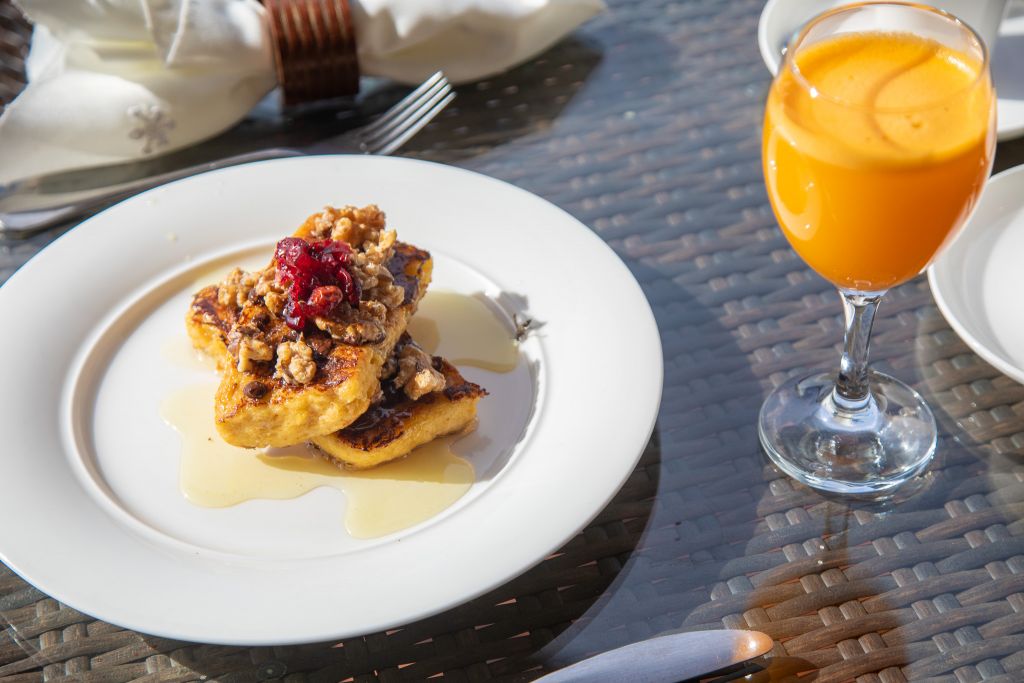
LET´S TRY A BLUE ZONE RECIPE!
Let´s see a Nicoya Blue Zone recipe using a vegetable staple that is readily available on the Nicoya Peninsula. Rancho Humo Estancia may even have it on the menu.
RECIPE FOR CASSAVA CAKES OR YUCA CAKES:
Yuca, or cassava, is like the potato of Costa Rica—it can be mashed, fried, boiled, or baked. This root vegetable is traditionally a staple food for families since it’s delicious, versatile, and inexpensive. These savory yuca cakes are slightly nutty in flavor: a tasty, traditional dish enjoyed throughout the Nicoya Peninsula. A good source of fiber, vitamin C, folate, B vitamins, and potassium, yuca also has a low glycemic index.
INGREDIENTS
1 ½ pounds yuca (can substitute with sweet potato), peeled.
2 mini sweet red peppers, * seeded and finely chopped.
1 cilantro coyote leaf (page 147), finely chopped.
½ teaspoon salt
1 tablespoon extra-virgin olive oil
INSTRUCTIONS
Boil the cassava for about 30 minutes, until soft. Drain the cassava and mash it in a medium bowl.
Add peppers, coriander, and salt and mix to combine.
When cool enough to handle, roll the mixture into plum-size balls, then flatten with your palm or the back of a spoon.
In a frying pan, heat 1 tablespoon of olive oil over medium-high heat.
Add cassava patties to oil. Do not crowd them in the pan, work in batches if necessary. Fry for 3-4 minutes on each side, until browned and crispy. Remove to a paper towel–lined plate and serve hot or warm. (Alternatively, you can bake the patties on a baking sheet at 350 degrees for 15 minutes.)
*You can find the sweet red peppers used in the Nicoya region of Costa Rica in American grocery stores in packs labeled “mini sweet peppers” or at Latin markets.
But if you can’t track them down, you can swap in one red or yellow bell pepper instead.
Rancho Humo Estancia invites you to Nicoya to experience many of the reasons why it sits within a Blue Zone. Healthy, delicious dining made with local produce, the opportunity to de-stress and enjoy the peace and beauty of the Nicoya hinterland, stretch your legs and take a walk in nature while inhaling some valuable Vitamin D and enjoy the Rancho Humo Estancia hospitality. You will feel like you are at home!



